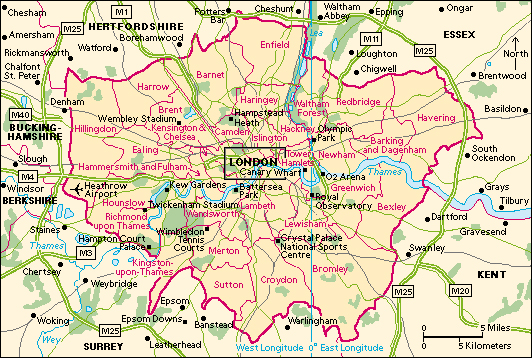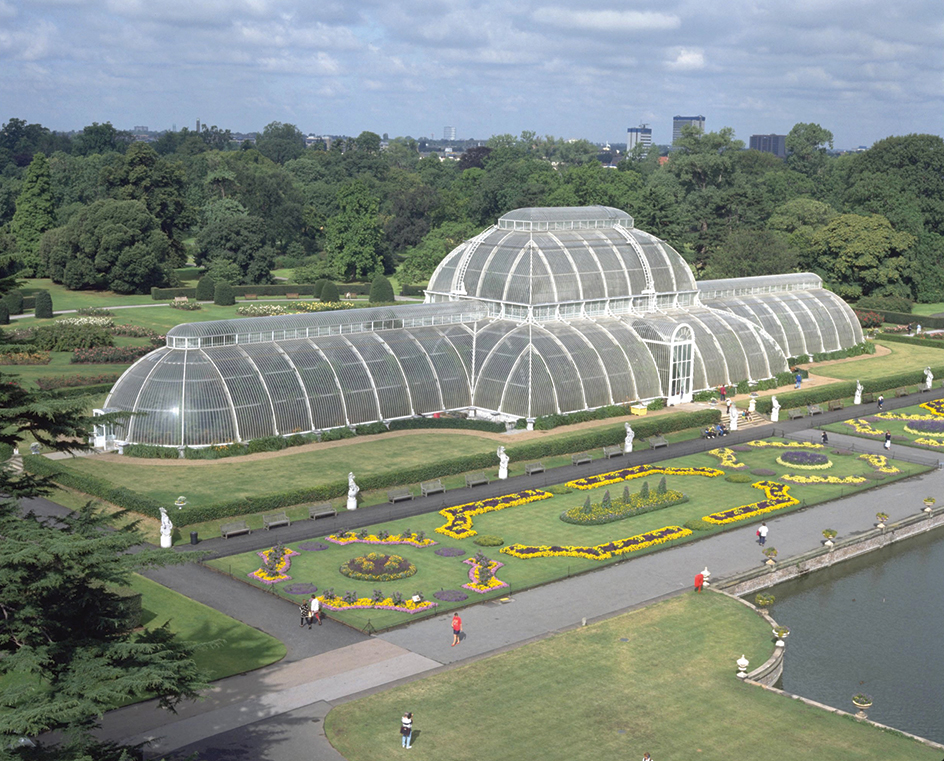Kew Gardens, in England, contain the largest collection of living and preserved plants in the world. The gardens are both scenic and an important center for botanical research. Kew Gardens cover 326 acres (132 hectares) on the south bank of the River Thames in Richmond upon Thames, a borough in southwestern London. The gardens are also called the Royal Botanic Gardens.

Kew’s many gardens include an azalea garden, a rock garden, and woodlands. Greenhouses at Kew exhibit rare trees, shrubs, and other plants. The Herbarium houses millions of preserved plants. Several decorative buildings stand throughout the gardens, including a 10-story Chinese pagoda (towerlike temple). Galleries, museums, and former royal residences also stand on the garden grounds.

Kew Gardens were established in the 1700’s as royal gardens, and King George III expanded them. They became a national institution in 1841. In 1965, Kew Gardens acquired Wakehurst Place, an estate in the countryside south of London. The estate houses the Millennium Seed Bank, an international project to protect endangered plants. In 2003, the United Nations designated Kew Gardens as a World Heritage Site, an area of unique natural or cultural importance.
